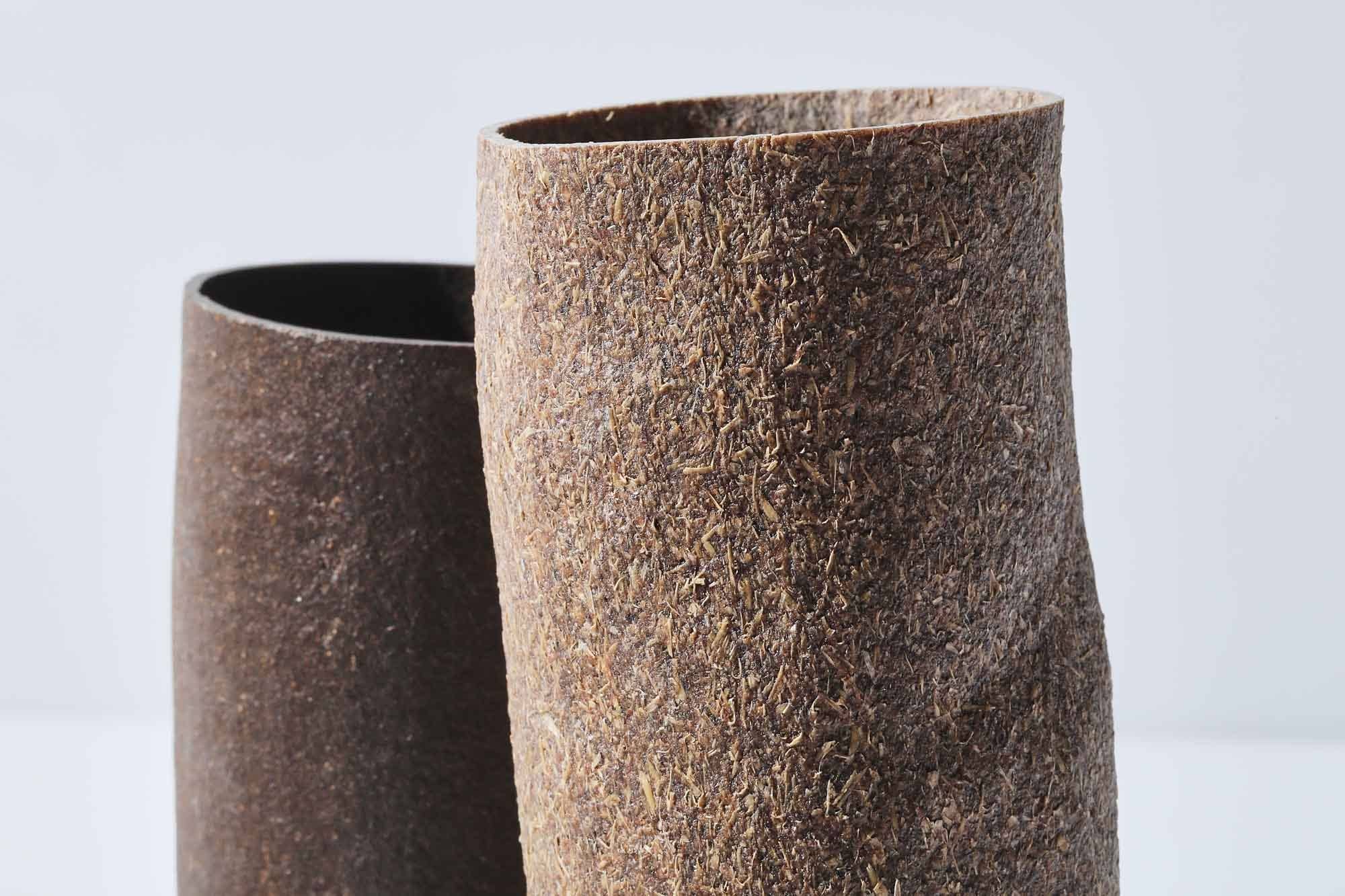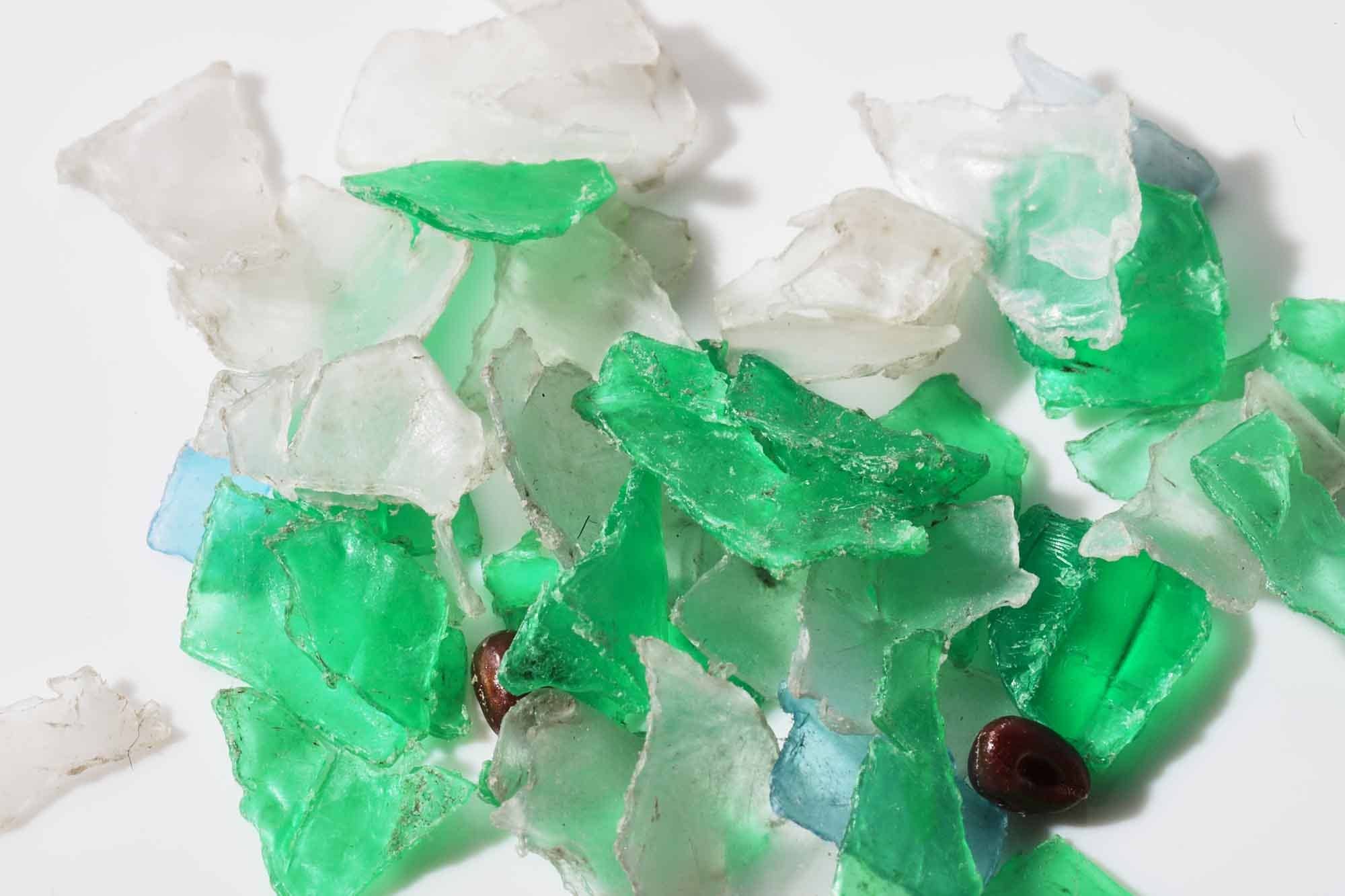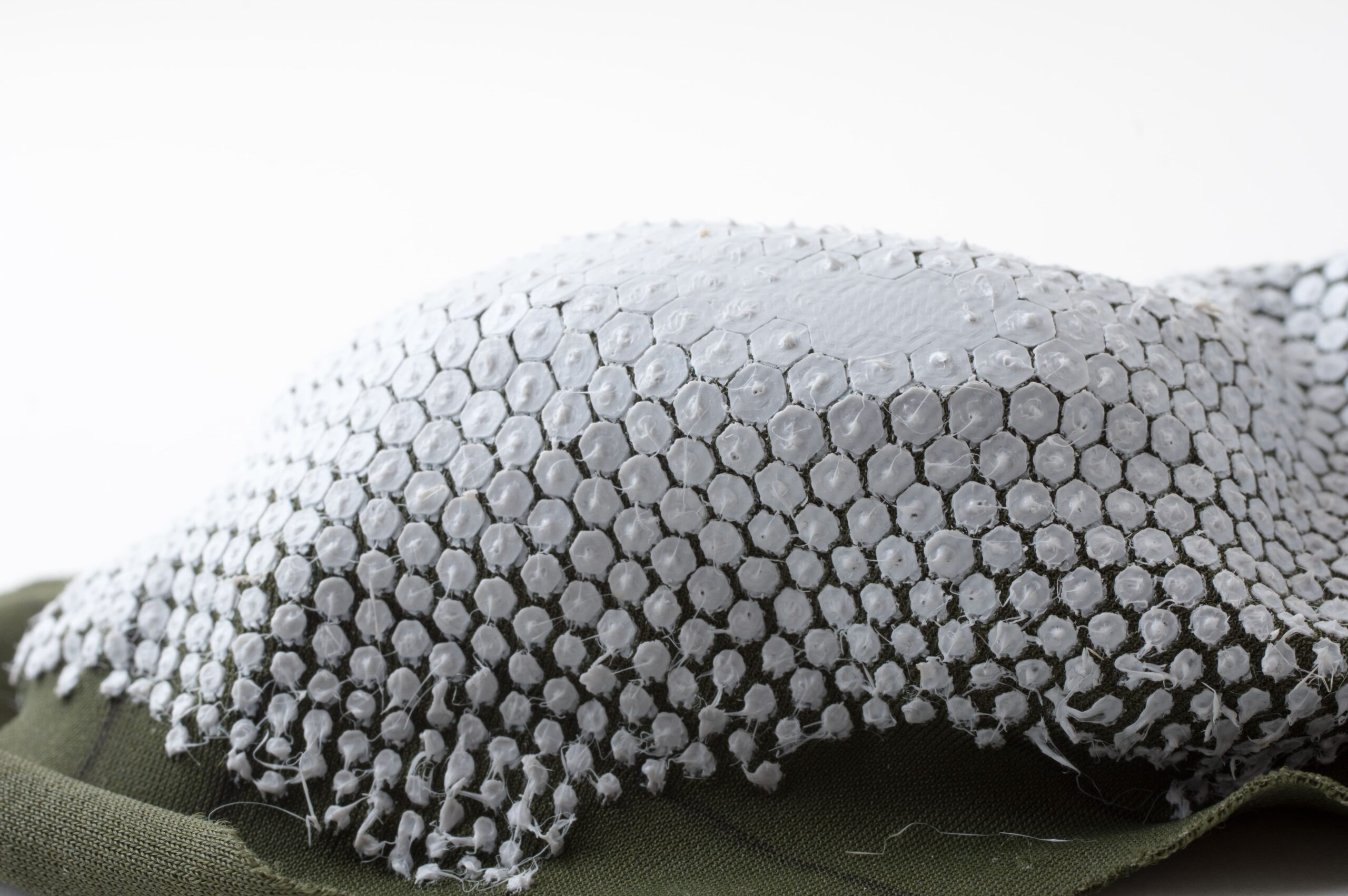
Adaptive materials: a brief overview on self healing, shape memory, and 4D printing
Smart Materials in industrial sector
In the wide world of so-called smart materials, i.e those materials that are able to respond to some external stimuli displaying a reaction, there’s an emerging area that encompasses various technologies that allow materials to self-repair, to recover their shape or to rearrange in a desired structure at some specific point in time.
These features find useful applications in industrial sectors such as construction, paint and coatings, biomedical tools, furniture and even fashion design.
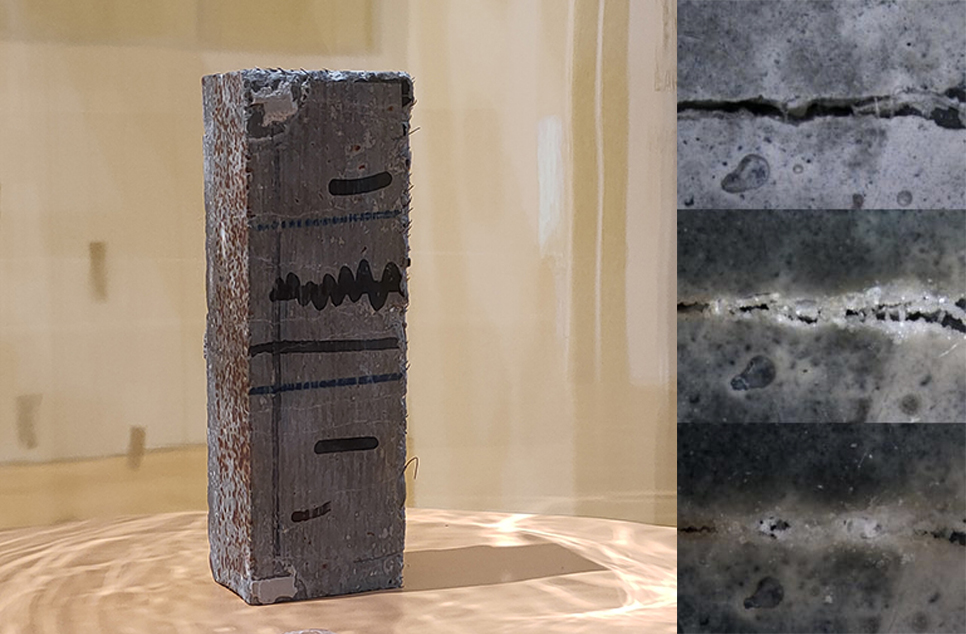
Examples of auto-regenerative materials in construction are so-called self-healing concrete, concrete mixtures which basically incorporate lightweight microcapsules filled with healing agents. When cracks occur, these capsules break open under local stress, releasing the healing agents that react with moisture and air to form a solid, impermeable seal. Recent advancements have led to the development of cementitious materials that utilize bio-derived healing agents, such as those engineered on top of specific microbial activities, which can naturally precipitate calcium carbonate that helps to fill cracks and minor damages.

Video courtesy of Koya Narumi – Self-healing UI
The furniture industry is also exploring self-healing materials, particularly in coatings and finishes. Self-healing coatings can repair scratches and surface defects autonomously, maintaining the aesthetic appeal and functionality of the furniture piece. In most cases, these surface finishes utilize thermoplastic elastomers that can flow and fill in surface imperfections when exposed to heat.
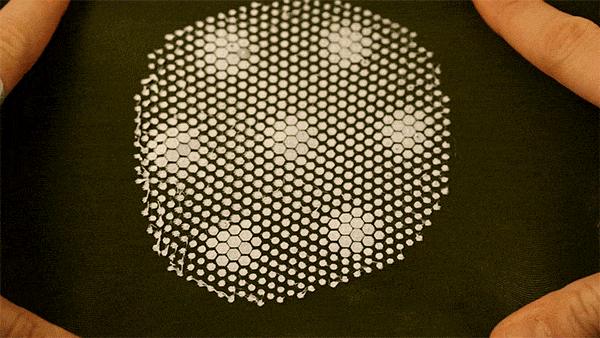
Shape memory polymers (SMPs) are a class of materials that can restore a predetermined shape when exposed to specific stimuli, such as heat or light. These materials can be utilized in various applications, including medical devices that conform to physiological conditions, such as pH or temperature changes, and even in fashion, where they can be used to design recoverable form-fitting garments.
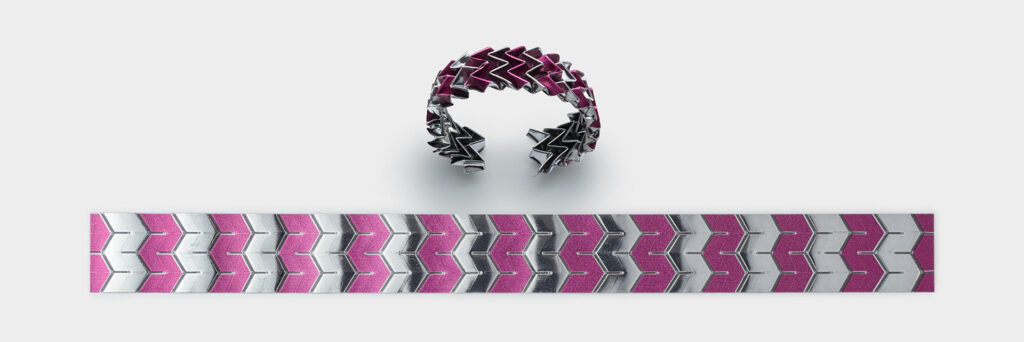
4D Printing: an innovative technology
4D printing is an innovative technology that uses self healing or shape memory materials to add some sort of control on the 4th dimension, i.e time, on top of established 3D printing processess. This is a method that can be used for incorporating self-assembly capabilities to particular designs, for both decorative products and also “programmable” textiles.

